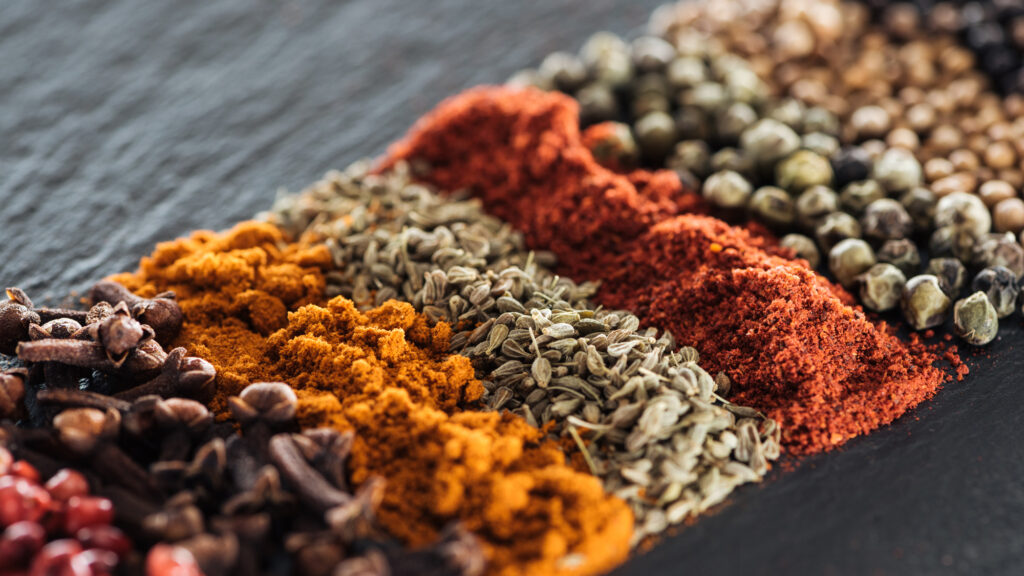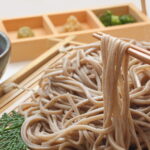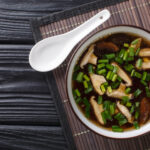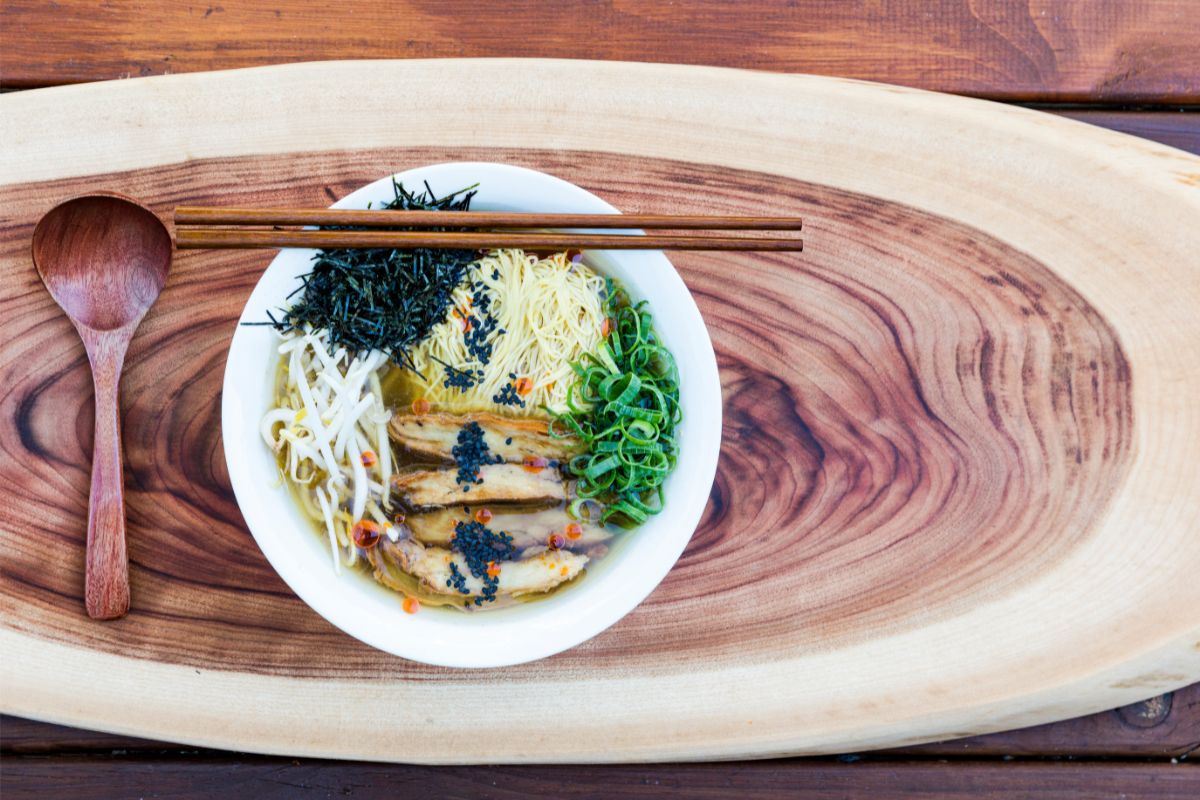Japanese cuisine is some of the best in the world, with options for every palate and tastes to satisfy any craving. Much of this diversity comes from the versatility of staple foods like rice, noodles and fish; however, Japanese spices for cooking play a significant role in transforming foods according to different recipes.
The Japanese have mastered the art of balancing flavors, and they’ve largely done this through the different spices and herbs that define cuisine in Japan. Whether it’s adding a pop of flavor to an otherwise dull rice dish or marrying a mix of flavors in soups and noodle dishes, spices are central to Japanese cooking. It’s truly amazing how a simple flavor can influence or transform an entire dish.
If you’re eager to immerse yourself in the world of Japanese cuisine, it starts by understanding some of the most important flavor components. Let’s take a look at the most popular Japanese spices for cooking.

Exploring popular Japanese spices
From sushi to ramen, Takoyaki to Yakitori, many traditional dishes get their distinctive flavors from unique Japanese spices and condiments. Here are just some of the special spices that make Japanese dishes so unique:
- Furikake. The term “furikake” applies broadly to any dry Japanese spice you can sprinkle over cooked rice. It can include options such as dried wasabi, seaweed flakes, bonito flakes, salmon flakes and even bits of dried omelet. Popular furikake differ from prefecture to prefecture, so feel free to experiment during your journeys throughout Japan. Some restaurants even have a “house furikake” that elevate your dining experience thanks to a proprietary blend of delicious herbs and spices.
- Sansho Pepper. Did you know there’s a special kind of pepper seasoning that’s entirely unique to Japanese cuisine? You’ll find the tangy, citrus-like sansho pepper in supermarkets and restaurants throughout Japan. Like its cousin black pepper, you can use sansho pepper to flavor almost anything, but it’s especially tasty on sushi and Japanese noodle dishes. Worried about “spiciness?” Don’t be. While this seasoning is part of the pepper family, it doesn’t have any bite—just a subtle lemon-lime flavor.
- Sesame. You’ll find sesame in a variety of Japanese recipes, whether in the form of sesame oil or as a seed preparation. Black and white sesame seeds make a striking garnish, but you get the most flavor from toasted varieties, especially gomashio—a flavorful blend of toasted sesame seeds and salt. Sesame oil is a very common additive and base oil for many fried Japanese dishes, giving prepared food a subtle yet unique umami flavor.
- Shichimi Togarashi. Also known as the “Japanese Seven Spice Blend,” shichimi togarashi is one of the most commonly used spices in Japanese cuisine. Countless Japanese dishes—from udon to onigiri rice balls, grilled meat and everything in between—rely on this unique spice for their signature flavor. The blend is a cross-section of common Japanese flavors, consisting of ground ginger, poppy seeds, red chili pepper, roasted orange peel, seaweed flakes, sesame seeds and more. While it’s not a single herb of spice, Shichimi Togarashi makes this list purely for how often it’s used in Japanese cooking.
- Katsuobushi. Also called “bonito flakes,” katsuobushi is made from dried and fermented skipjack tuna and features a distinctive flavor all its own. Many Japanese dishes rely on katsuobushi for their unique flavor—from dashi soup stock used to flavor miso soup to boiled nimino dishes. They also make a great garnish for stir fry, okonomiyaki, Takoyaki and other dishes that benefit from savory umami flavors. Some people even use katsuobushi as a simple flavoring for rice dishes, as a way to elevate the flavor.
- Ginger. Japanese dishes often feature many pickled ingredients, with ginger being one of the most popular. Most people are familiar with ginger as a popular sidekick to sushi (along with wasabi), but it also makes a great garnish for meat or soup, serving to balance their rich flavors.Ginger is also a wonderful palate cleanser, and it’s frequently used in deserts or digestifs. While some people might find ginger’s taste overwhelming, the Japanese have mastered how to complement flavors with it.
- Wasabi. Perhaps the most familiar spice on this list, wasabi is well-known for its intimidatingly hot taste. This green paste often accompanies sushi and has long been thought to provide medicinal properties when consumed with raw fish. It’s also a great condiment for dressings, soba noodles and much more. For those with a low tolerance for heat, wasabi can take some getting-used to; however, it adds a burst of flavor to anything it’s paired with. You’ll find wasabi more often as a condiment than an ingredient for this reason.
- Miso. Miso is a fermented paste made from some surprising ingredients: soybeans and a mold called koji (Aspergillus oryzae) cultivated from rice, barley or soybeans. The enzymes in the koji mix with the soybeans, breaking them down to create a unique salty, earthy and funky taste. You’ll find this ingredient in several traditional Japanese dishes—not just miso soup! From stir fry to noodle dishes, so many flavorful foods benefit from the unique umami taste of miso. It’s often added to broths and stocks, to give them a little bit of depth.
- Mitsuba. Mitsuba can best be compared to parsley, but it features a distinctive taste all its own. The taste is more like a mixture of fresh celery, chervil and cilantro than the parsley Westerners are familiar with. You’ll find mitsuba as a garnish for many traditional Japanese foods like dumplings, noodle dishes, salads and soups. While its most often thought of as just a garnish, the subtle, fresh flavor of mitsuba can enliven any bite of food and elevate the flavor. Don’t be afraid to eat the garnish!
- Kombu. One of the core ingredients in dashi stock—a staple of nearly every Japanese meal—kombu, or dried kelp leaves, is the primary source of umami flavor in Japanese cuisine. It features an unmistakable salty, oceanic flavor that rounds out dashi stock when boiled. Cooked kombu is often tossed, but many Japanese people use it as a healthy condiment or side when it’s chopped. The scientific name for kombu is Laminariaceae, and there are about 18 different varieties to choose from.
- Shiso. Also called perilla, shisho features a distinctive taste and a beautiful aromatic scent. It’s commonly used to separate items in Japanese bento boxes, keeping the flavors from blending together—but it’s much more than just an edible garnish. Shisho is often included in the ingredient list of sushi, pairing well with fatty fish like salmon, tuna and yellowtail, and you can enjoy its unique taste by wrapping a whole leaf around a piece of sashimi and dipping it in soy sauce for some incredible flavor.
- Matcha. Matcha is a unique spice on this list, famed worldwide for its mellow flavor. Made from finely ground green tea leaves, it features a distinctive green color. Matcha is often added to candies, coffees, ice creams and more, adding a sweet taste and even a little kick of caffeine. Keep in mind, matcha comes in different grades that can change its flavor. Experiment with different grades of matcha in different dishes to see how it affects the flavor profile!
- Aonori. This ubiquitous Japanese seasoning essentially consists of dried seaweed flakes. In traditional Japanese cuisine, these earthy-flavored flakes are sprinkled atop traditional dishes like okonomiyaki, Takoyaki and yakisoba, but there are several other delicious ways to use this unique spice. Fried chicken, popcorn and even spaghetti taste great with a sprinkling of aonori, so feel free to experiment and try some new flavors!
The unique spices described above are just part of what makes Japanese food so delicious. Combined with distinctive ingredients and time-honored preparation methods, Japanese spices provide the one-of-a-kind flavors you’ll find in many traditional dishes.
Experiment with Japanese spices at home
While many Westerners have little-to-no exposure to some of these signature flavors, they’re certain to fall in love with them based on how they influence Japanese cuisine. The best part? You can buy most of these spices online or at a specialty grocery store.
If you’re moving to Japan, you’ll have no trouble finding them at any Japanese market. Be sure to pick some of them up and experiment with that at home, in your own cooking. You’ll gain a deeper appreciation for the flavors they represent and how these familiar tastes tie into local Japanese cuisine. All it takes is a dash of this or a pinch of that to bring any dish to life!
Food is the spice of life
Traditional Japanese cuisine has long been revered for its innovative flavors and singular ingredients, including a full range of spices. Whether you’re experimenting in the kitchen or planning a visit to Japan, make sure to try every spice on this list to expand your palate and enjoy some new, exciting flavors. You might not know these spices are present in a dish, but you can rest assured they’re working hard to elevate the flavor and enhance the profile of any dish they’re part of.
- How Much Money Can You Make Teaching English in Japan? - December 12, 2022
- The Best Places to Teach English in Japan - December 9, 2022
- The Best Credentials for Teaching English in Japan - December 8, 2022








